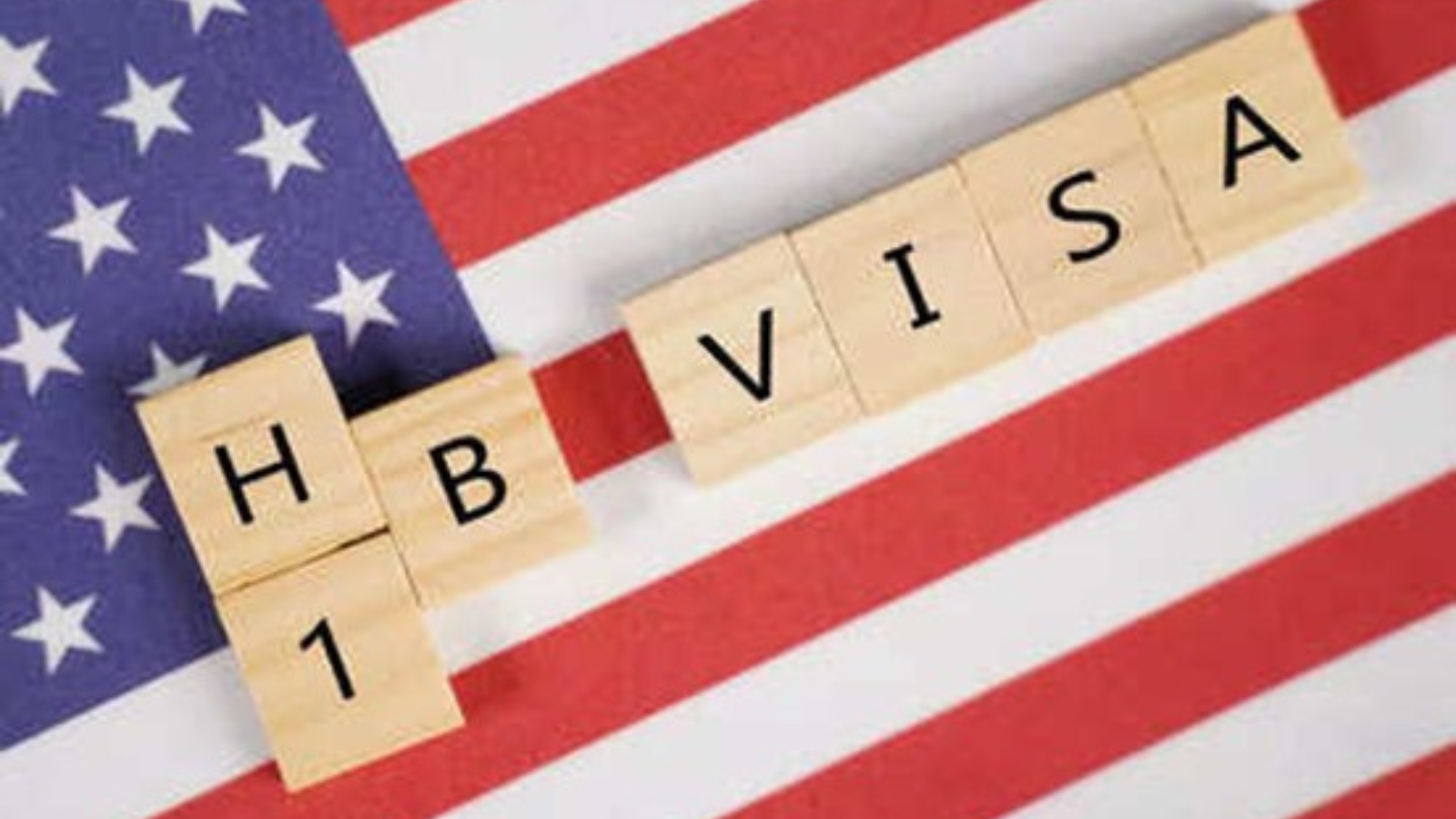H1B Policy Update Announced
The United States has introduced sweeping changes to the H1B visa program, fundamentally altering how businesses access global talent. On 19 September 2025, President Donald Trump announced a $100,000 fee on all new H1B visa petitions, which took effect from 21 September. This was quickly followed by the launch of “Project Firewall”, an enforcement campaign spearheaded by the Department of Labor (DOL). Soon after, the Department of Homeland Security (DHS) unveiled a proposal to revamp the lottery system by introducing a weighted model that favors higher-paid positions. Together, these changes transform the H1B system into a high-cost, high-scrutiny framework aimed at prioritizing top-tier roles and discouraging low-wage applications.
Background: The H1B Debate
The H1B visa program, established in 1990, has long been central to the US labor market, allowing employers to hire foreign workers in specialized fields such as technology, engineering, and healthcare. Each year, 85,000 visas are allocated, with demand far exceeding supply, leading to a lottery system. India remains the dominant source of H1B workers, accounting for over 70 percent of new petitions in 2024, followed by China at around 12 percent.
Supporters of the program argue that it fills critical skill gaps, sustains innovation, and strengthens US competitiveness in global markets. Critics, however, contend that H1Bs can displace American workers and suppress wages. The Trump administration has consistently emphasized reform, arguing for a system that prioritizes “valuable to America” roles. The September 2025 changes represent the administration’s most decisive intervention to date.
New Fees on H1B Petitions
One of the most striking changes is the imposition of a $100,000 fee on all new H1B petitions filed after 21 September 2025. The fee, payable by employers rather than individual applicants, marks a radical departure from earlier costs, which typically ranged from $1,500 to $6,000 per application. By raising the financial threshold so sharply, the policy aims to discourage employers from filing petitions for low-wage or entry-level positions and instead prioritize higher-value roles.
The immediate fallout has been significant. Tech and outsourcing stocks dipped in response, and companies quickly issued travel advisories for H1B holders abroad to avoid disruptions. For many small and mid-sized firms, the new cost structure could make H1B hiring financially unviable, potentially shrinking the talent pool available to them.
Project Firewall: Compliance and Enforcement
On 20 September, the Department of Labor launched Project Firewall, a sweeping enforcement initiative designed to ensure compliance with H1B regulations. The program empowers auditors to closely examine wage levels, recruitment practices, and fee payments. Employers found in violation could face fines, visa denials, and even debarment from the program.
Project Firewall also increases scrutiny at US consulates abroad, where officers have been instructed to verify payment of the $100,000 fee. Failure to provide proof could result in visa denials, creating further risks for companies dependent on international talent. The message from Washington is clear: employers must now be prepared for heightened oversight at every stage of the H1B process.
Weighted Lottery Reform
On 23 September, DHS proposed a reform of the H1B lottery system, replacing the current random selection with a wage-weighted model. Under this plan, applicants would receive entries based on their wage level: one entry for Level I, two for Level II, three for Level III, and four for Level IV. This approach gives higher-paid positions a greater chance of selection, effectively incentivizing employers to raise salaries.
If finalized, the reform is expected to apply to the 2026 cap season, which begins in March 2026. For many employers, this means reevaluating hiring strategies and budgeting for higher salaries to remain competitive in the new system.
Impact on Business and Talent
The implications of these policy shifts are far-reaching. Hiring costs are projected to increase 20 to 30 times, fundamentally changing the economics of employing foreign workers. Startups, universities, and small firms, which often rely on entry-level H1Bs, may find themselves priced out of the market. Sectors such as IT services and outsourcing are likely to accelerate offshoring to India and other hubs, while healthcare and academia could face shortages in critical roles.
The changes also carry geopolitical consequences. India, the largest source of H1B workers, has voiced concerns over the humanitarian and economic impact, while countries such as Canada, the UK, and Singapore may benefit from redirected talent flows. Domestically, the policy strengthens the administration’s “protect American jobs” narrative, likely to resonate in the run-up to the 2026 midterm elections.
Outlook
While the weighted lottery reform is still in the proposal stage, the $100,000 fee and Project Firewall are already in effect, creating immediate financial and compliance burdens for employers. Legal challenges from universities, industry associations, and multinational firms are expected, particularly against the steep fee increase.
For businesses, the message is clear: the H1B system is evolving from a relatively affordable, random lottery to a managed, costly, and selective process. Companies will need to rework hiring strategies, consider alternative talent pipelines, and strengthen compliance systems to adapt. In the long term, this shift risks narrowing the US’s global talent pool and could drive innovation and research to more welcoming destinations abroad.
Stay Ahead of Threats with Datasurfr Predict
MitKat’s datasurfr delivers accurate, real-time, and contextualised data to help organisations respond swiftly to physical, environmental, and cyber threats.
With Sam AI, our AI Agent not only provides context for unfolding events but also analyses vetted historical data to forecast how events are likely to evolve and their potential impact using industry and location-specific probabilistic scores. Book a free demo today and see how datasurfr Predict can transform your risk preparedness.


